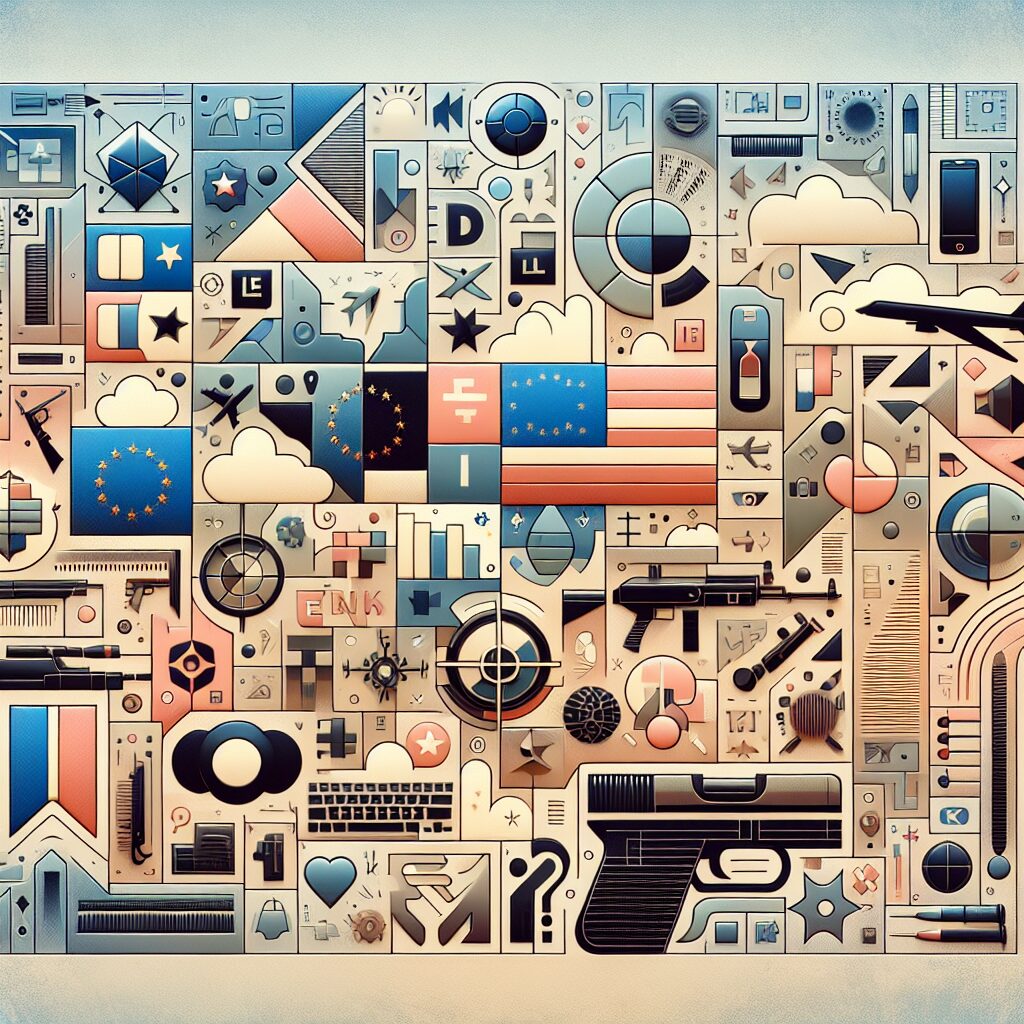About eldris
Clone.Eldris.ai empowers brands to instantly replicate and translate their websites for seamless global expansion. Our automated system delivers SEO-friendly, multilingual clones that launch in days, not months.
In This Article
- Flat pricing for unlimited languages eliminates the per-language cost burden, enabling faster EU expansion.
- Brands can conduct accelerated A/B testing and SEO campaigns across multiple languages simultaneously.
- Unlimited language plans favour industries like e-commerce, SaaS, and tourism due to continuous content changes.
- AI-powered automation significantly reduces localisation timelines and ensures consistency.
- Businesses must evaluate whether per-language models or unlimited access best fit their current and future scale.
Why Flat Pricing Is Changing EU Market Expansion
Predictable Costs Unlock Scalability
The rise of unlimited languages in flat-pricing models offers an unprecedented level of predictability in expansion budgets. For companies entering multiple EU nations simultaneously, traditional per-language pricing has often been a painful bottleneck. With each additional language typically adding incremental cost, stakeholders were frequently forced to choose between market reach and budget discipline.
Flat pricing eliminates these constraints by offering a fixed monthly or annual rate regardless of the number of languages added. This structural change not only empowers leaner business models but also means that growth into new territories doesn’t necessarily trigger a jump in operational expenditure. The result is a more agile go-to-market approach, with localisation no longer being the cost-prohibitive factor it once was.

Unlimited Languages vs Per-Language Plans
Comparative Cost Structures Explained
Historically, most localisation vendors used per-language pricing. Under this model, businesses paid separately to translate and manage each language. While this approach provided granularity, it was inherently limiting and financially linear—growth would always incur proportional costs.
These per-language plans often included separate maintenance fees, translation update costs, and differing content tiers, creating an unpredictability that finance teams abhor. For example, expanding marketing materials from English to French and German would triple the translation budget at minimum.
Enter unlimited languages: instead of tallying expenses line-by-line, organisations now subscribe to flat rates that cover all localisation needs. At one fixed cost, brands can deploy content across 5, 15, or even 30 EU regions without renegotiating fees. This model is especially beneficial in multilingual countries like Switzerland or Belgium, where multiple languages are often essential within a single geography.
“Unlimited language plans are transforming what’s financially and operationally possible for businesses across the EU.” — Director of EMEA Growth, SaaS Enterprise
Faster A/B Testing Across the EU
For data-driven marketers, the ability to rapidly test messaging across regions is invaluable. Flat pricing with unlimited languages enables teams to translate variations swiftly, launch regional landing pages, and collect insights in days—not weeks.
Suppose a fashion retailer wants to test two slogans in Spanish, Italian, and Polish markets. Traditional translation cycles would delay each iteration by days or incur costs that make A/B testing impractical. However, unlimited language plans with integrated localisation platforms allow for instant deployment—and nearly zero marginal cost for each translation variant.
This expedited experimentation doesn’t just speed up marketing. It also leads to more precise cultural alignment, higher conversion rates, and ultimately, more successful region-specific campaigns.
Boosting SEO with Multilingual Architecture
Search engine optimisation (SEO) is inherently localised. Without translated metadata, hreflang-tag structure, and consistent keyword usage across languages, international SEO efforts often fail to yield results. Flat pricing for unlimited languages makes global SEO efforts feasible and scalable across all EU territories.
Structure matters. Properly localised URLs and corresponding content for each language not only improve SEO rankings but also enhance user experience. Flat-pricing models incentivise full-site localisation, rather than cherry-picking select pages. This comprehensive coverage boosts domain authority in regional indexes.
Moreover, advanced SEO tools baked into unlimited language platforms automate multilingual keyword insertion, alt text localisation, and sitemap compliance. Brands no longer need to compromise between technical SEO performance and financial overhead.
Best Use Cases for Unlimited Language Plans
Not every business initially recognises how impactful unlimited languages can be. However, certain industries benefit more immediately and visibly:
eCommerce Platforms
These businesses must adapt to fast-moving inventory cycles and seasonal promotions. Unlimited language access means new product launches and offers get to all markets simultaneously.
SaaS Applications
Multilingual support is often a requirement for user interface design and customer onboarding. Unlimited language availability ensures that software experiences are consistent across borders.
Tourism & Hospitality
These sectors thrive on international clientele. Providing relevant content in all visitor languages increases conversion likelihood and customer satisfaction.
Higher Education
Universities across Europe attract global student cohorts. Flat-priced unlimited localisation enables institutions to update course catalogues, admissions content, and rules in multiple languages.
For more insights into tailored localisation tactics, view Learn more about Scalable Multilingual E-commerce Localisation.
When to Choose Per-Language Solutions
Flat pricing and unlimited languages don’t universally make sense for every organisation. Small startups testing one new EU region or businesses with limited localisation scope may prefer paying per language. This model offers controlled experimentation without immediate large investments.
Additionally, some niche industries only require documentation in one or two languages for regulatory compliance. For such cases, per-language pricing can be more efficient under tight compliance budgets. However, any short-term savings must be weighed against the long-term agility lost when expansion demands accelerate.
Implementation Speed with Automated Translations
Traditional localisation workflows relied heavily on manual processes—hiring translators, proofreading, and deploying via hard-coded content management systems. Fortunately, modern providers of unlimited language services now include artificial intelligence and automation at the core of their technology stacks.
Phrase-based machine learning software, real-time connector APIs, and CMS-native integrations significantly cut down implementation times. Entire product catalogues or knowledge bases can be localised in hours, not weeks. These automations not only reduce human error but also ensure that updates to content (like price changes or feature rollouts) sync across all languages effortlessly.
Automation also enables agile localisation strategies, helping businesses adapt messaging to real-time geopolitical or economic shifts across the EU. Understanding EU market authorisation requirements provides in-depth analysis on how AI-powered translation boosts operational efficiency.
How Scalability Impacts Time-to-Market
In pan-European launches, time-to-market often defines competitive success. The moment a new feature, product, or service is ready, delays in localisation impact campaign schedules and revenue targets.
With unlimited languages under flat rates, launching in all required languages becomes a parallel, not sequential, process. Timeframes shrink as central content repositories push updates to all translations simultaneously. No more month-long localisation testing phases. Instead, multilingual go-live becomes a default setting — not an exception.
Thanks to the scale-efficiency of unlimited language architecture, even mid-sized teams can act globally without disproportionate resource allocation. Reduced time-to-market means products reach more consumers sooner, often capturing market share that competitors are too slow to contest.
Real Business Examples from EU Brands
Several EU brands have already capitalised on the benefits of flat-pricing for unlimited languages.
Belgian FinTech Startup
This rapidly growing company expanded into 12 new markets within a single quarter. Using an unlimited language platform, they translated all UX and support materials while their marketing team executed synchronous campaigns in each target country. The result—28% faster adoption in non-core markets.
Spanish Retailer
With operations spread across Iberia and Eastern Europe, this enterprise adopted a flat-pricing multilingual strategy to streamline promotional cycles. They report a 40% reduction in localisation overhead costs, with time-to-launch for new products halved.
German SaaS Provider
Faced with growing EU compliance regulations, this tech company turned to Read a related article to expand their knowledge base in 15 languages—without raising their localisation budget. The company stated a 60% lift in customer satisfaction from non-German users.
Conclusion: Make Smarter Geolocal Decisions
[CONCLUSION_CONTENT]
Great guide on flat-pricing-unlimited-languages-eu-markets – Community Feedback
What are the advantages of flat-rate language pricing for EU sites?
Flat-rate pricing gives businesses predictable costs, allowing unlimited language support to test and localise for different EU markets without worrying about rising fees or restrictive translation limits.
How do unlimited language plans benefit A/B testing in Europe?
Unlimited language plans make it easy to spin up country-specific versions of your website, letting you test demand and optimise performance in multiple EU markets at once.
Is unlimited or per-language pricing better for cross-border growth?
Unlimited pricing suits brands seeking rapid growth across several EU countries. It’s cost-effective for scaling fast, while per-language plans may be better for smaller, targeted rollouts.










